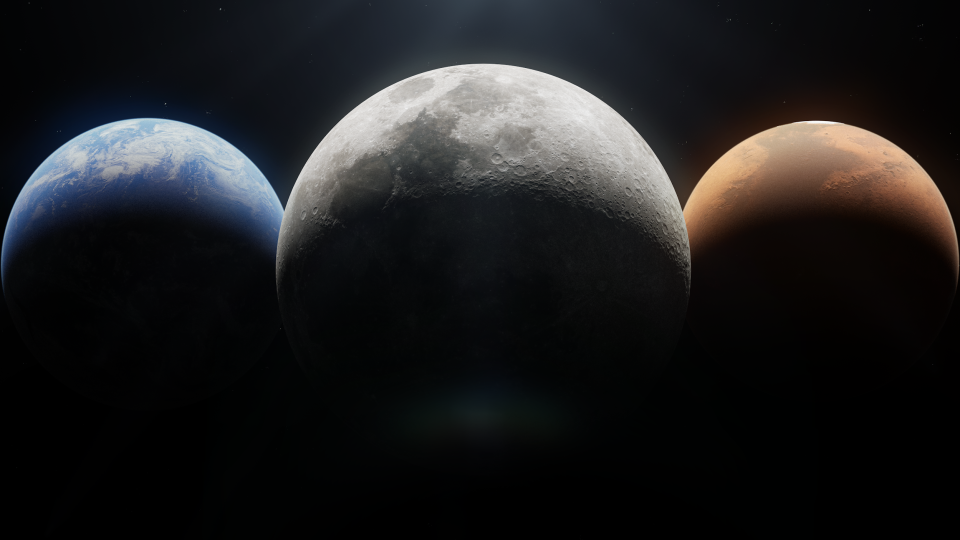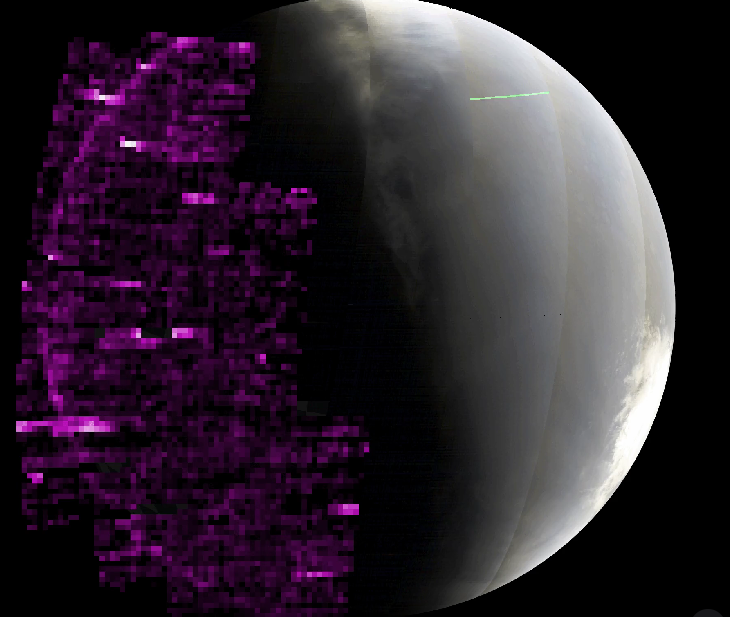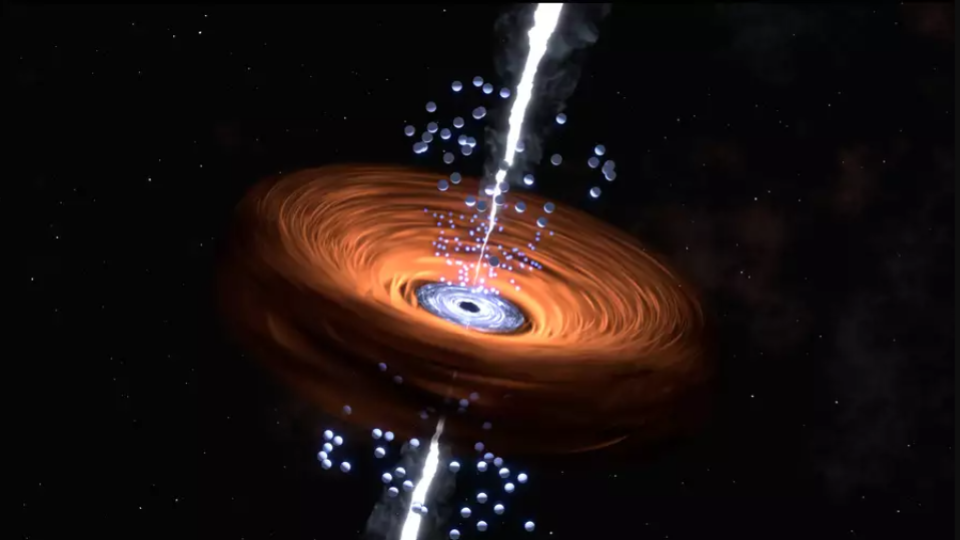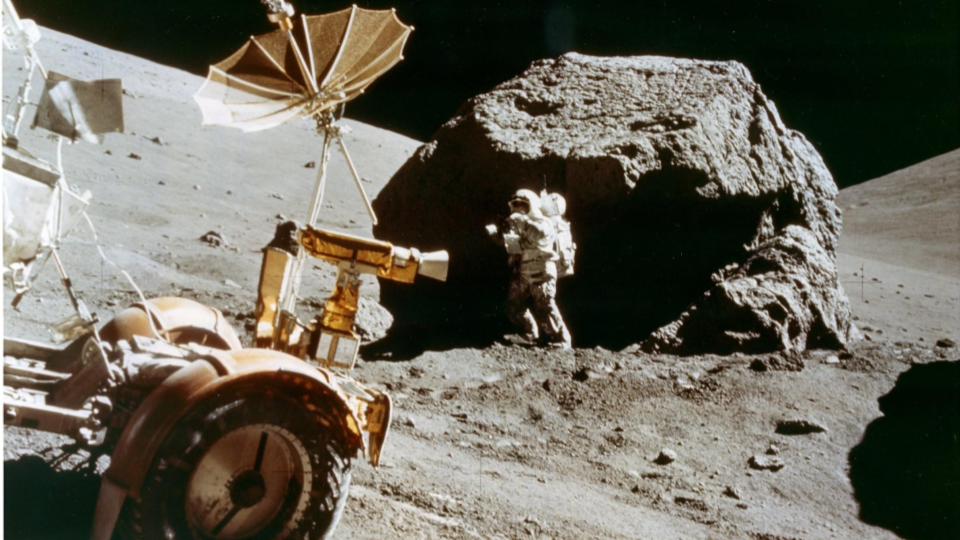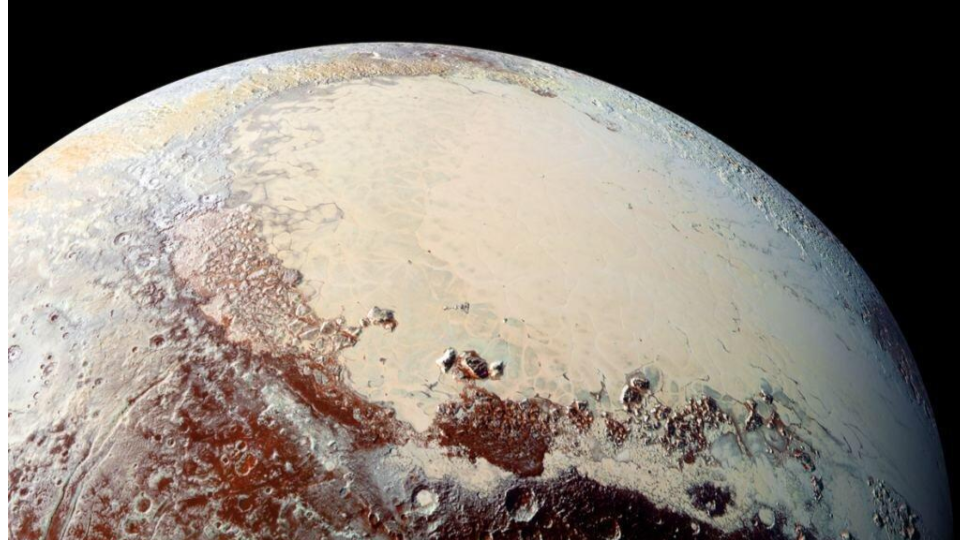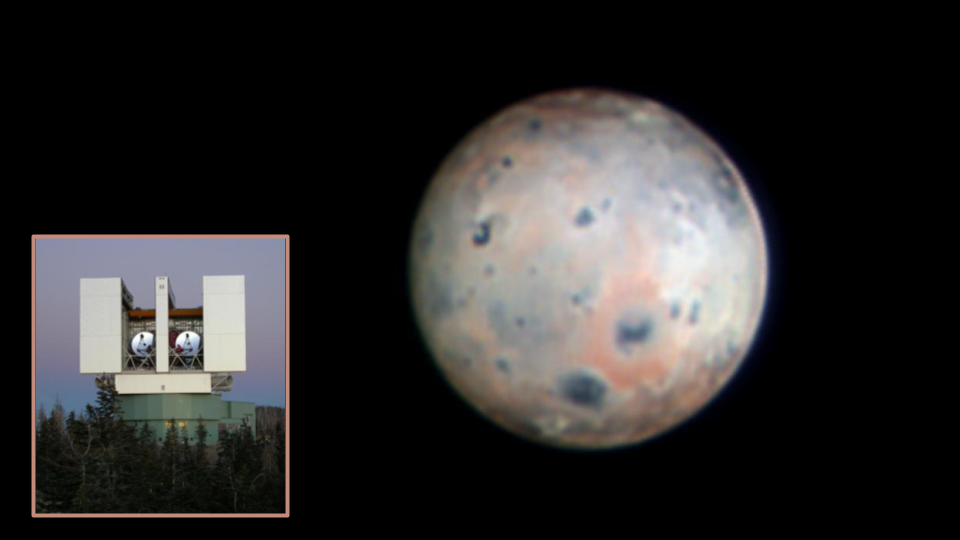The people in your life who work in Space Science are not ok. Approach us with caution, bring snacks, and know we will ask you to call your congress people… because calling your congress people seems to be working. I have a bit of good news: On Jul 9, the Senate Committee on Appropriations did a markup on the Commerce, Justice, Science, and Related Agencies Appropriations act. To quote from their meeting, “The bill provides $33.9 billion for science agencies NASA and the National Science Foundation. For NASA the bill reflects an ambitious approach to space exploration prioritizing the...
